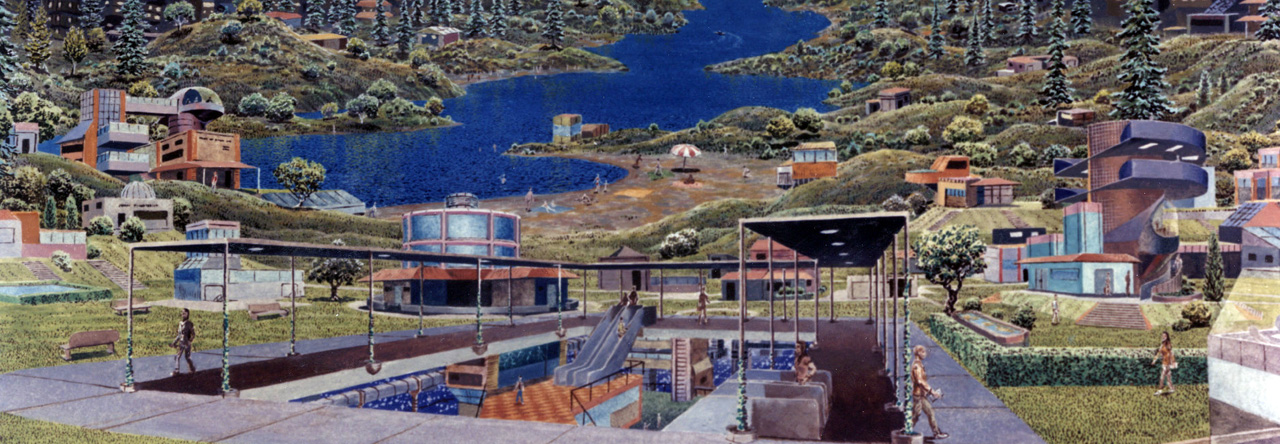
Distilling Japanese whisky (not what this post is about).
Lately I’ve been obsessed with the idea that in every field, art form, or “area of life,” there is ONE thing that matters above all else. One thing, that if you get it right, success in that area is inevitable.
I’m naturally a detail oriented person, so it’s a constant challenge for me to zoom out and see the big picture. I know from experience that focusing on the wrong details is just a waste of time. I easily fall victim to the “all tactics, no strategy” trap. I’ll make myself long lists of things to do to achieve my goals, without taking the time to deeply consider my overall strategy and approach. I’ll endlessly try to fix things that should just be discarded. I’ll make judgment calls based on details that I personally appreciate, instead of details that are truly important.
In order to hone my “big picture” skills, I’ve been conducting the following thought experiment: pick one field, art form, or “life area” and try to distill all my knowledge and experience of that area into a single simple idea, the one thing that matters more than anything else in terms of effectiveness, fulfillment, and success by any measure.
The experiment has yielded a number of “Aha!” moments. I don’t expect you to agree with my results (or care about the same areas), but conducting the same experiment yourself might yield an epiphany or two.
Here are some of my questions and results, in areas that are relevant to my own life:
Read More





